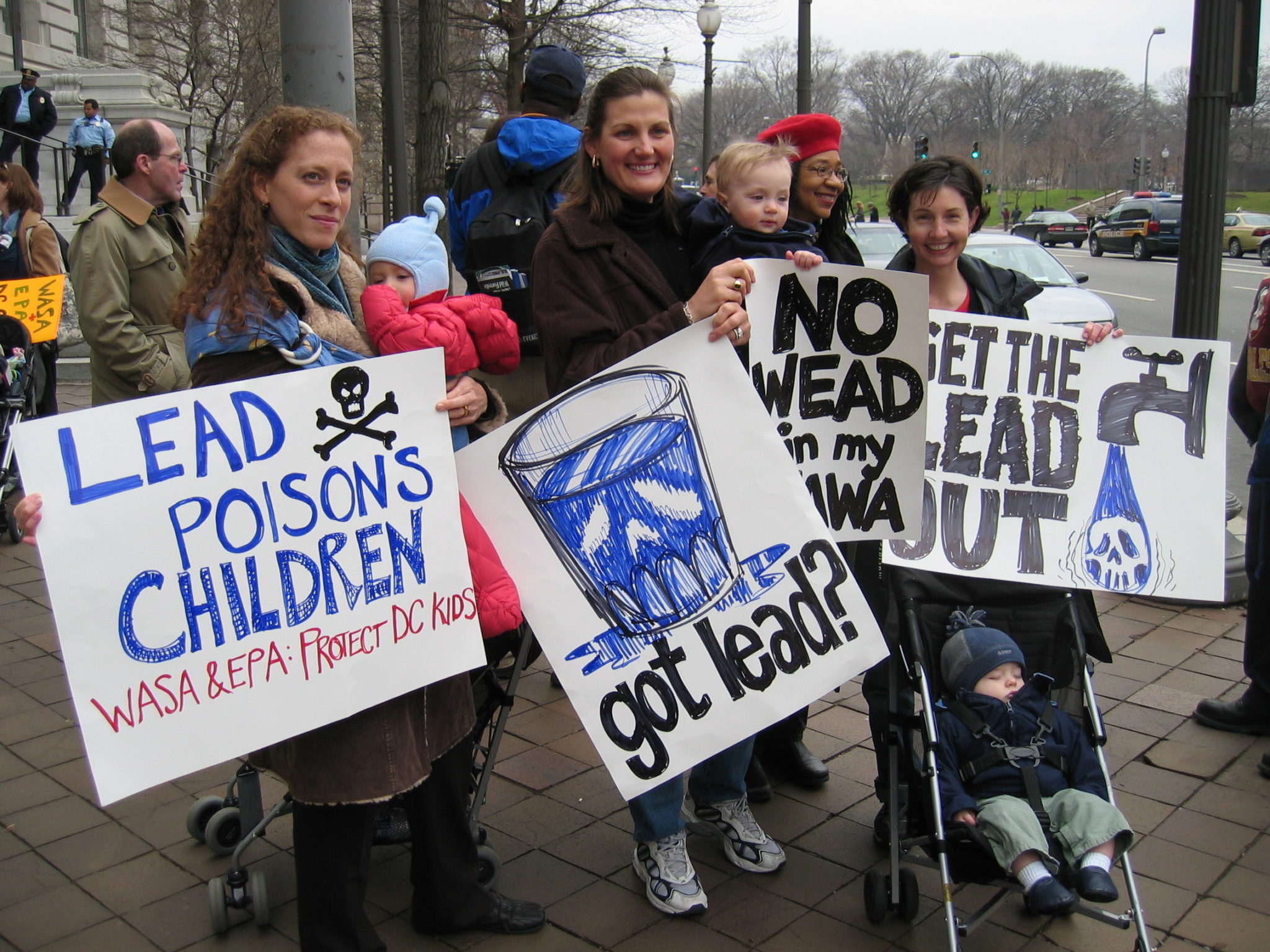Lead in drinking water: District must test, clean up
In the wake of tests which revealed high lead levels in the drinking water at several city schools, the School District recently signed an agreement with the Health Department to test all sources of drinking water in city schools and take corrective action wherever dangerous lead levels are found.
Lead poisoning is a serious health risk for city children, who may take in dangerous quantities of lead from contaminated drinking water, lead-containing paint dust or contaminated soil.
The recent agreement, to be implemented immediately, is intended to remove the risk of lead exposure from school drinking water.
Lead is a powerful toxin that affects the development and functioning of all body organs, especially the central nervous system, blood-forming cells and kidneys. Its effects are most severe for young children and fetuses during development of the brain and central nervous system.
Even low levels of lead in a child’s body can result in reduced I.Q., learning disabilities, behavioral problems and loss of hearing.
Lead exposure is also dangerous for adults, particularly pregnant women. The greater the level of lead, the more serious will be the short-term and long-term health effects.
Although governmental regulations now forbid the use of lead in paint, plumbing and gasoline, lead exposure is still a major health problem. The Centers for Disease Control and Prevention estimate that 4.4 percent of children nationwide have elevated blood lead levels.
The rates are much higher for urban children. In Philadelphia in 1998, approximately 10 percent of children tested had moderately high levels and 3 percent had dangerously high blood lead levels. The Philadelphia Health Department has found these rates to be significantly higher among low-income African American children ages 18-35 months who live in old housing.
From: Lead in drinking water: District must test, clean up
By: Rachel Mausner
